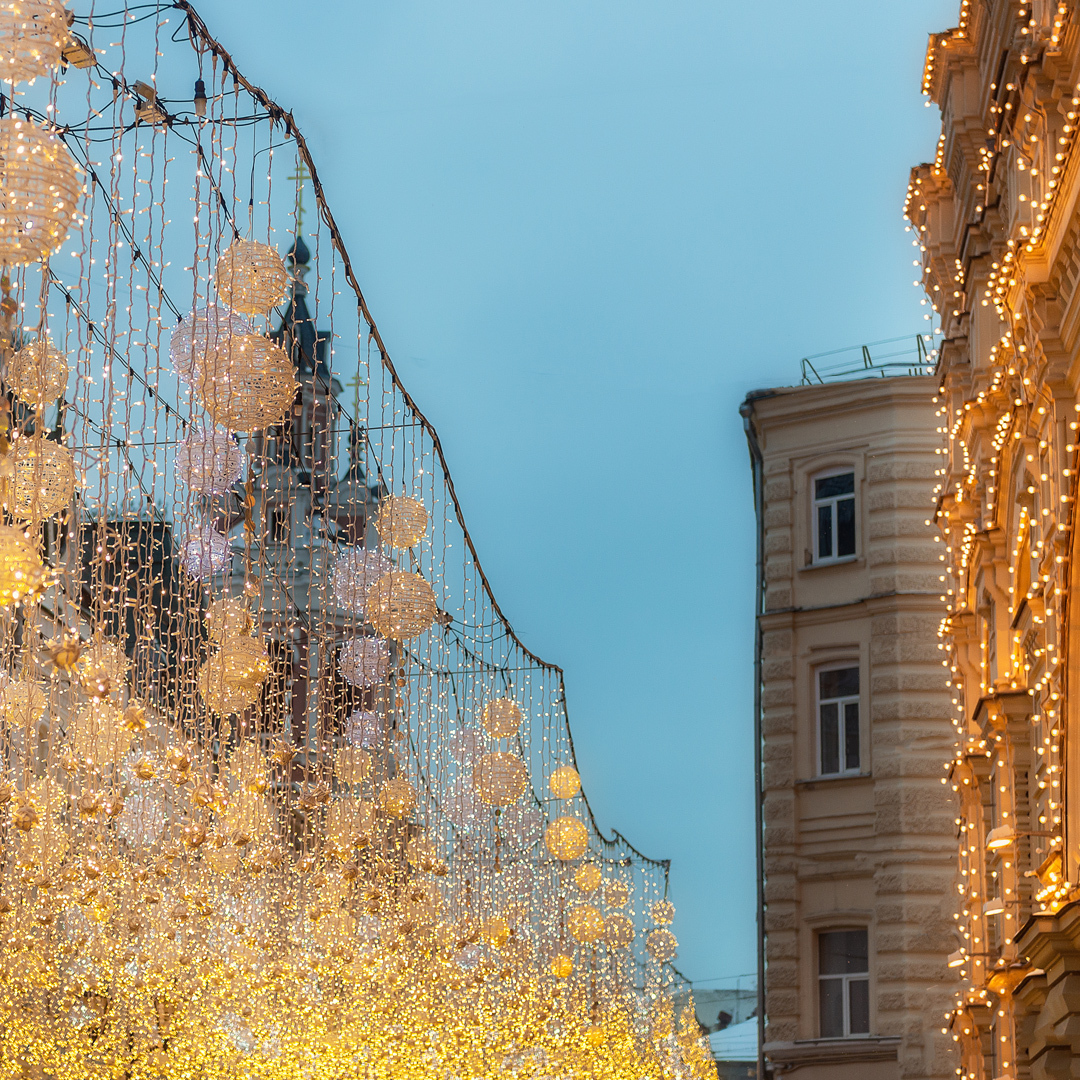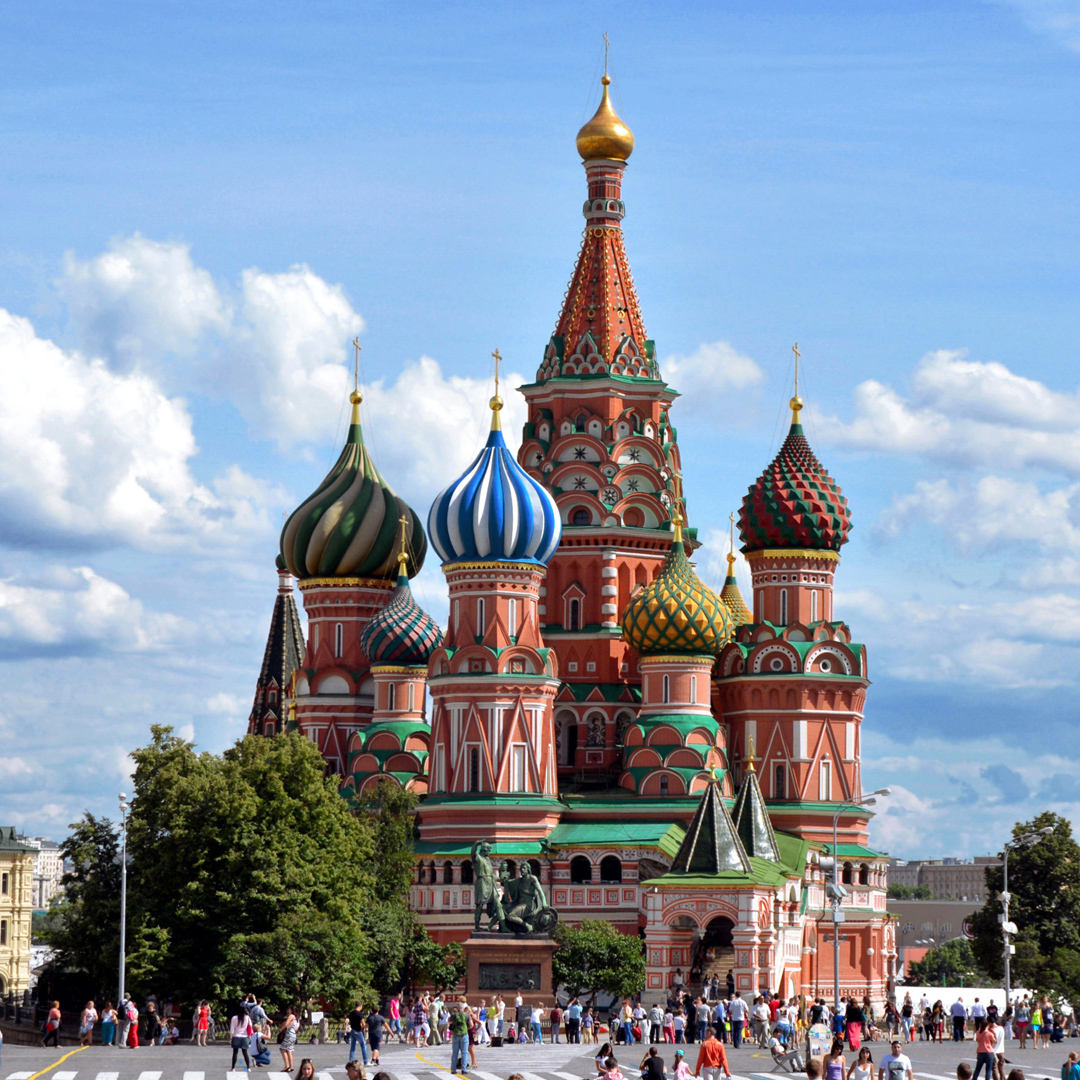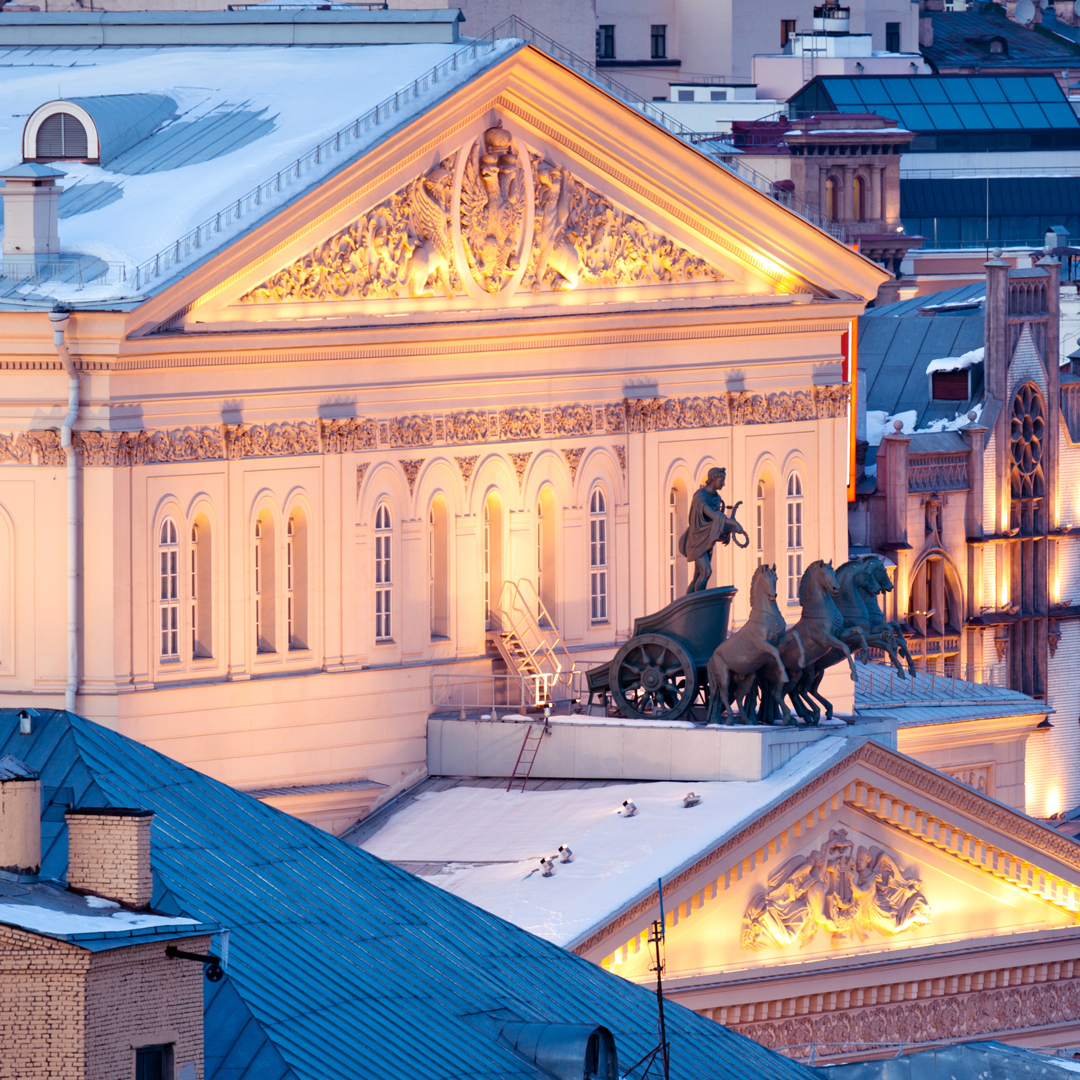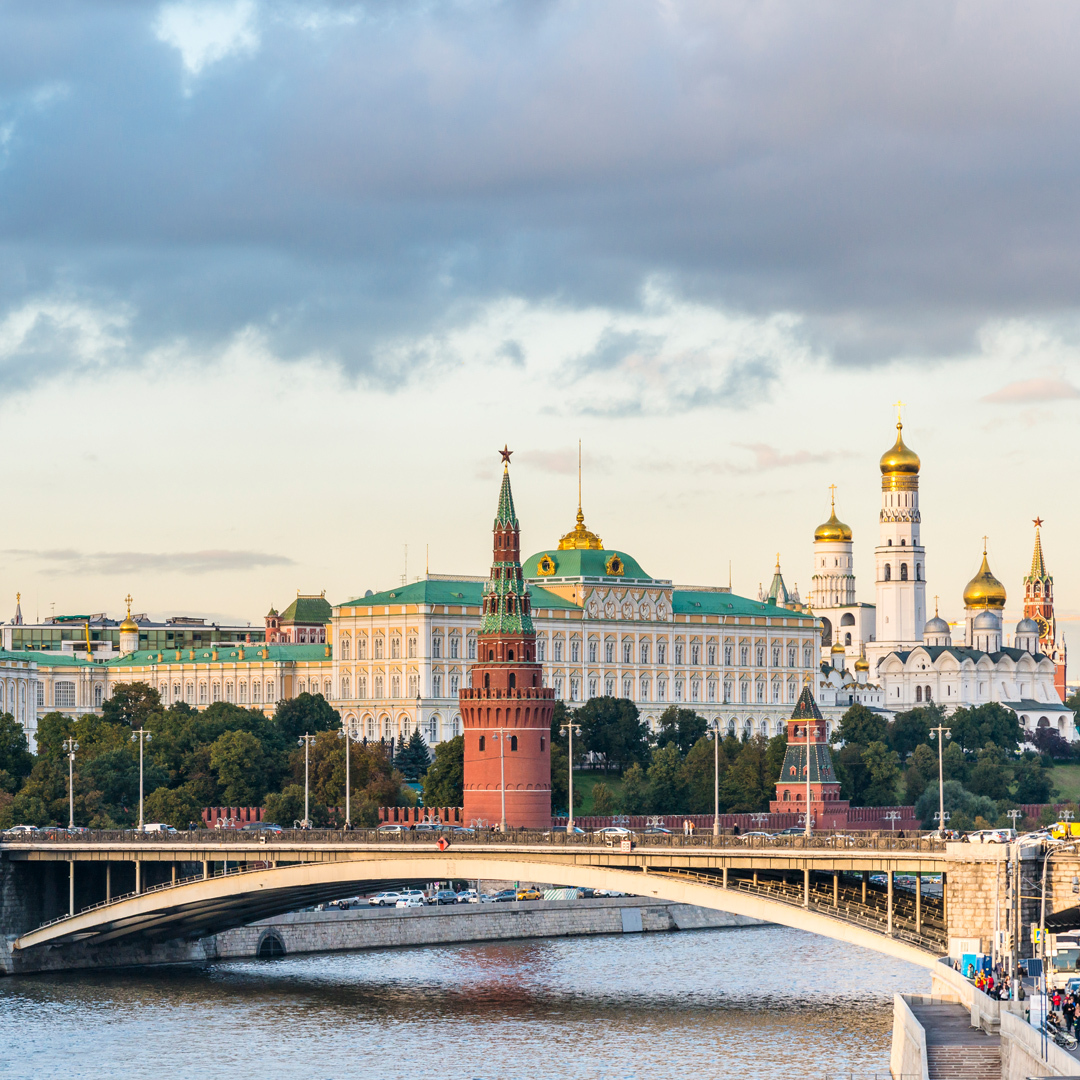Back in the 13-14th century the street was known as “Volotsk road”, part of a trade route connecting Moscow and Veliky Novgorod. In the 17th century, Russian Tsar Alexei Mikhailovich issued a decree giving the place a new name, Smolenskaya Street. This name, however, did not last long - the Muscovites soon started to call the street after the local Krestovozdvizhensky Monastery (“the Holy Cross Monastery”).
By the middle of the 16th century through to 19th century the street was occupied by Moscow's nobles close to the tsar. The Streshnevs, the Morozovs, the Naryshkins, the Miloslavskys, and Leo Tolstoy’s grandfather prince Nikolai Volkonsky. Nikolai Volkonsky’s home on Vozdvizhenka is known to have later become the real-life model for Pierre Bezukhov’s place in ‘War and Peace’.
In Soviet times Vozdvizhenka changed its name several times: in 1935 it was named after the Comintern (‘The Communist International’), in 1946 it became Kalinin Street, and in 1963 — Kalinin Avenue. It was only in the early 1990s that Vozdvizhenka Street gained its current name.
In the second half of the 19th century the street was widened and paved with cobblestones. Horsecars and, later trams were used as local public transport. By the end of the 19th century, the area became a large construction site with multiple Art Nouveau buildings erected along its’ length.





